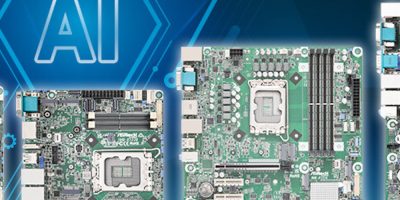The new family of embedded compute modules from Tria, an Avnet company specialising in manufacturing embedded compute boards, not only have Qualcomm Dragonwing processors on board—they now support different operating systems. These options include Android, Windows 11 IoT Enterprise, and Yocto Linux. The variety of operating systems supported enable the modules to be used for embedded designs in the industrial, medical, agriculture and construction sectors, as well as any embedded application that can benefit from edge computing, machine learning and AI.
At the heart of these modules are high-performance, low-power Qualcomm Dragonwing processors, providing advanced technology in customised solutions. With advanced edge AI and seamless networking capabilities, Qualcomm Dragonwing targets embedded systems for various industries. These processors have been designed for speed, scalability and reliability, enabling customers to achieve smarter decision making, better efficiencies and to reach the market faster.
This means that Tria’s new lineup offers a powerful CPU and AI combination at lowest power consumption, enabling embedded designs to benefit from higher performance and increased capabilities.
Tria also now provides Microsoft Windows with ARM, allowing a transition from the x86 architecture to ARM with the same OS. This transition was previously not possible, since Windows on ARM was not available.
“Our collaboration with Qualcomm Technologies has enabled us to deliver high performance and low power technology with highest quality they are used to receiving from Tria in our new compute modules,” said Christian Bauer, Product Marketing Manager, Tria Technologies. “This family of modules is the only one available to offer compatibility with multiple operating systems at a competitive price.”
“With multi-OS support across Tria’s new modules powered by Qualcomm Dragonwing and Snapdragon platforms, customers gain the flexibility of Windows, Android and Linux across our different platforms”, said Douglas Benitez, Senior Director, Business Development, Qualcomm Europe, Inc. “Our collaboration with Tria is accelerating industrial innovation—delivering high performance, low power compute and accelerated AI at the edge.”
Qualcomm Dragonwing processors are known for their performance, efficiency and advanced AI capabilities, offering powerful performance in multi-core tasks and great GPU performance, but also more efficient power consumption in mobile and portable systems.






